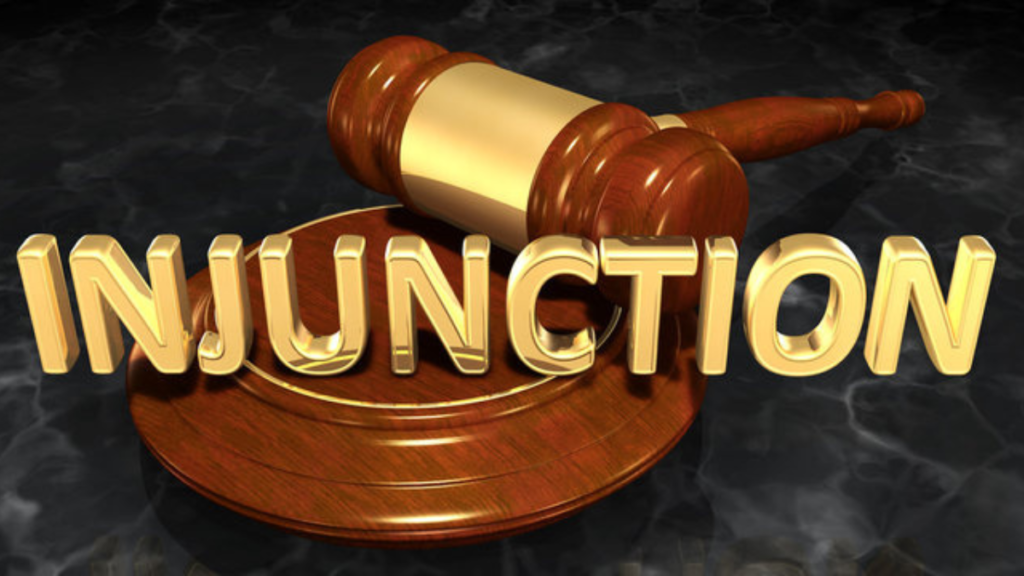
Like other forms of Intellectual Property litigation, trademark litigation is a very time-sensitive domain. The wrongful use of any particular trademark by copying it, or using a deceptively similar mark that confuses the minds of unsuspecting consumers, can result in immediate damage to the market reputation of the trademark owner, apart from the monetary damage that ensues from the loss of business.
The trial relating to the wrongful use of trademark/passing off actions is a complex one. Usually, the marks need to be compared to see whether they are phonetically, visually, or structurally similar. Apart from this, the amount of use of the mark by both the Plaintiff (the party initiating the lawsuit) and the Defendant (the party against whom the lawsuit is filed) is also analyzed, to enquire about who started using the mark first, and how often the mark has been used, how much money and effort was gone into to advertise and promote the mark and whether the public associates the Plaintiff as the source of the goods which use the mark.
All of these are factors that require the submission of thorough legal arguments, backed by credible evidence. While studying the case and making the relevant arguments are part of the daily routine of the lawyer, gathering evidence is usually a time-consuming process. This is especially true where physical evidence needs to be collected. There can be site visits involved, court-mandated/ independent investigations into the goods supply chain, talking to employees, etc.
The repercussion of all these complexities is that the process of trademark litigation is usually longer than what is feasible for the brand owner. But, the law has a remedy for this problem in the form of a provision in the Code of Civil Procedure, 1908. The Code has the provision under Order 39 Rules 1 &2 which gives the litigant the liberty to ask the concerned court for an interim injunction. In simple terms, this can be thought of as a direction by the Court to the Defendant that they must stop all activities which Plaintiff claims as infringement. This way, while deciding the case might take the time it needs (which can go up to many years, given the circumstances of the judicial process in India) at least the Plaintiff can rest assured that damage won’t be caused to it while the case is pending before the court.
However, it is important to realize that the liberty granted to the Plaintiff is not a right in itself. The application under Order 39 Rules 1 & 2 can be rejected by the court if it feels that the requisite factors are not made out in the case presented by the Plaintiff. These factors are the following:
While the above requirements for granting the injunction apply to all types of litigation, the courts have elaborated upon the principles that apply specifically to the field of Trademarks.
The Supreme Court in National Sewing Thread v. James Chadwick & Bros, AIR 1983 SC 357 held that “in deciding whether a particular trademark is likely to deceive or cause confusion that duty is not discharged by arriving at the result by merely comparing it with the trade mark which is already registered and whose proprietor is offering opposition to the registration of the mark. The real question is to decide in such cases is to see how a purchaser who must be looked upon as an average man of ordinary intelligence would react to a particular trademark, what association he would form by looking at the trademark, and in what respect he would connect the trade mark with the goods which he would be purchasing.”
In Astrazeneca Uk Ltd. And Anr. vs Orchid Chemicals And Anr. 2006 (32) PTC 733 Del it was stated that the following factors are relevant for consideration while dealing with an action for passing off of similar trademarks for drugs and medicine:
i) The nature of the marks i.e. whether the marks are word marks label marks or composite marks, i.e. both words and label marks.
ii) The degree or resembleness between the marks, phonetically similar and hence similar in idea.
iii) The nature of the goods in respect of which they are used as trademarks.
iv) The similarity in the nature, character, and performance of the goods of the rival traders.
v) The class of purchasers who are likely to buy the goods bearing the marks they require, on their education and intelligence and a degree of care they are likely to exercise in purchasing and/or using the goods.
vi) The mode of purchasing the goods or placing an order for the goods and
vii) Any other surrounding circumstances which may be relevant in the extent of dissimilarity between the competing marks.
Therefore, a lot of factors go into analyzing the grant of interim injunctions in Trademark cases.